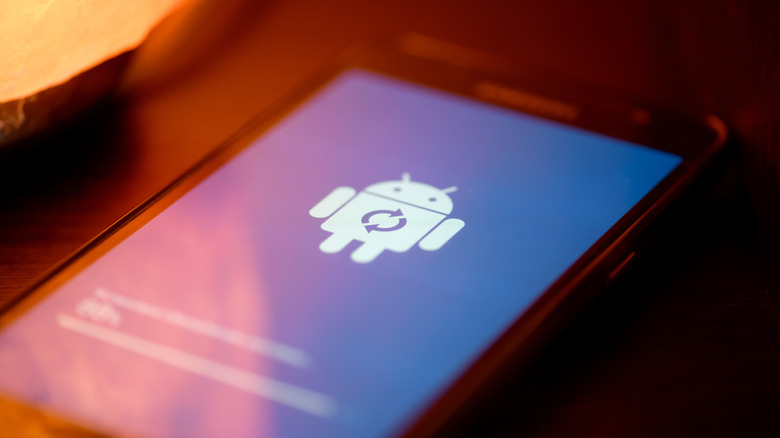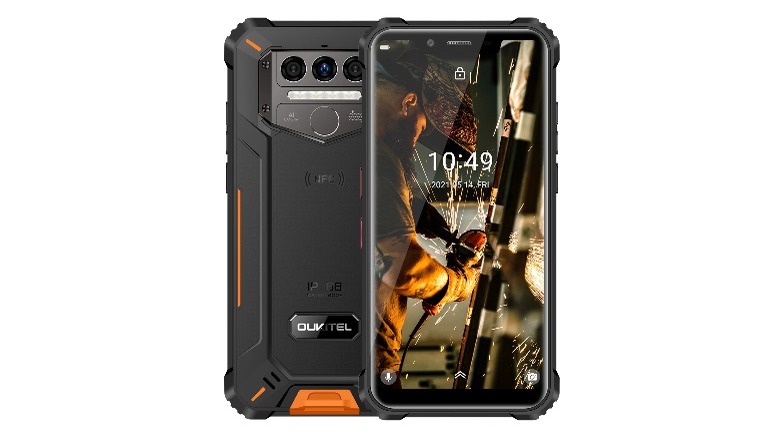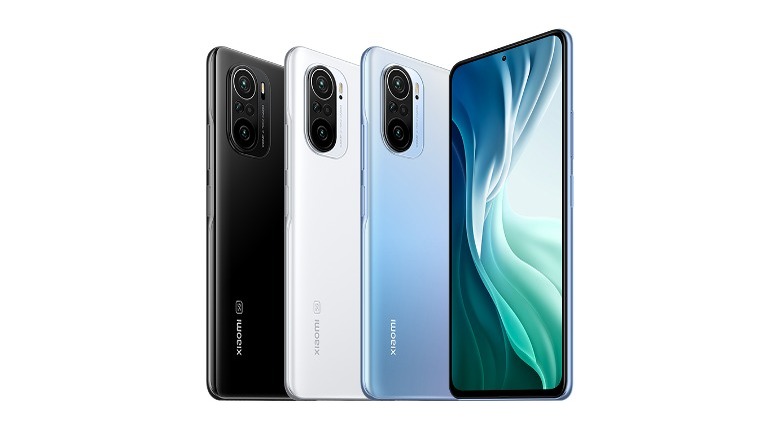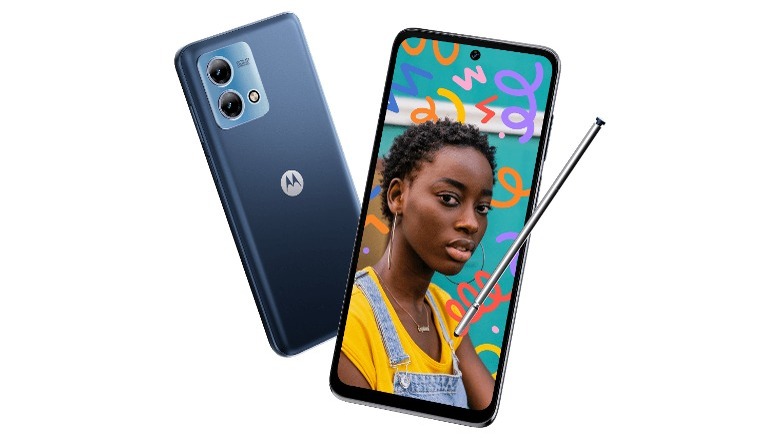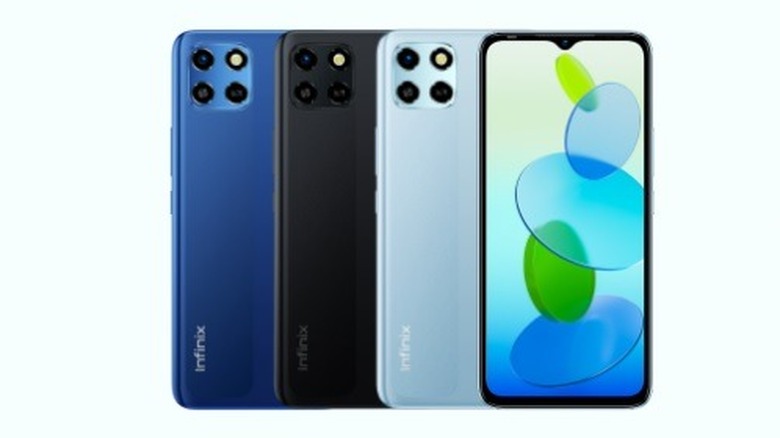5 Cheap Android Phones You Should Avoid Buying
Android phone users will be familiar with models like the Google Pixel or Samsung Galaxy S lineup. These names have become staples in the market and offer the most prominent challenge to the Apple iPhone range year after year. But there are dozens of other lesser-known brands out there that build Android-powered smartphones as well. For instance, getting your hands on a OnePlus 11 5G can provide a similar experience to the familiar Samsung feel but for a notable price reduction compared to the Galaxy S products.
While alternative Android systems might seem like a way to take advantage of the same software and many of the same internal components for a lower price, this isn't always a silver bullet. These devices often won't live up to the demands placed upon them by everyday use like that of the primary brand names.
For one thing, even if you're talking about two phones with the same chipset, corners cut in the cooling system and connectivity components to create a reduced price may not allow the phone to perform at its full potential. Similarly, many smaller brands won't have the same quality controls, warranty options, and customer service reach to handle potential service issues that may come into play. Not all inexpensive Android phones warrant a hard pass, but these five are cheap alternatives that you should likely avoid.
Oukitel WP9
Oukitel is a Chinese brand that's been manufacturing smartphones since 2008. The range of phones offered by the outlet is geared toward rugged use, and the phones all come with rubber exterior protection around the edges. One of the most expensive phones listed on the brand's product page is the immensely bulky Oukitel WP9, selling for just $229.99.
The phone is built using a metal frame and water-sealing fixtures that fit over ports and other weak points in the phone's construction. The phone also incorporates a substantial 8,000mAh battery that provides a lengthy charge to support significant usage.
However, Amazon reviewers note that the device doesn't handle calling very well. Some buyers received phones with broken or defective parts directly from the manufacturer, suggesting a quality control issue that wouldn't be present with a more prominent brand name. One reviewer noted that the company never responded when contacted about a fix for defective charging pins. Another buyer cautioned others about breakage from a 2-foot drop, while Oukitel claims the phone is built to withstand falls from roughly 5 feet. With the reported quality issues and the fact that the phone comes with Android 10, trailing the latest update to Android 13 by a significant margin, it's probably best to give this one a wide berth.
Xiaomi MI 11i
The Xiaomi MI 11i claims to sport the most advanced Android chipset on the market. The phone is powered by a Qualcomm Snapdragon 888 processor that's 5G capable and offers a 25% faster CPU, among other impressive benchmarks. The 128GB model is $362.50 on Amazon and runs on the Android 11 operating system, far behind Android 13. Xiaomi lists a 4,520mAh battery capacity and 33W fast charging as features of the phone, in addition to a 120Hz refresh rate and a broad color range built into the display parameters.
Yet, users report a raft of trouble spots with the Xiaomi lineup across the board, particularly with the MI 11i. As many of its contemporaries do, the phone doesn't provide a wireless charging capability. The phone's technically impressive camera and photo editing additions are useless in low-light situations.
Another major sticking point lies in the security concerns surrounding the brand. The phone saves data on your usage and internet history, leading to a potential for vastly damaging consequences in the event of a data breach. Similarly, while the phone is built with high-quality components, the device suffers from a massive drop off in performance over a matter of months rather than years.
Oppo A15
The A15 from Oppo is a seriously inexpensive Android device. The unit's price is just $125, but buyers are opting for an outdated Android 10 operating system and nonexistent water and dust resistance ratings for this low cost. The phone uses an LCD display which provides a weaker screen clarity than the OLED systems found in more prominent brand offerings. The phone is also not 5G capable, making it ill-prepared for the coming changeover in standards in the near future.
The Oppo A15 utilizes a 4,230mAh battery and doesn't offer wireless charging compatibility. However, Oppo owners can use 10W fast charging with this phone. The Oppo device is somewhat large, especially considering the lesser components within the unit. iPhone Pro, Samsung Plus, or Samsung Ultra owners will point to improved performance to justify the larger device footprint. On Oppo models, the size appears to be a design choice that doesn't act as a tradeoff for some other improvement or feature.
Motorola Moto G Stylus
Motorola has been a solid name in the communications industry for many years. However, the brand's Moto G Stylus phone, running the Android 13 operating system, is a device that buyers should avoid. It costs just $199.99, a far cry from the much larger price tag of a Samsung or Google phone, yet the device brings lower-quality internal components to the conversation.
A MediaTek Helio G85 Processor runs the Moto G Stylus and offers 64GB of internal storage. The battery is a 5,000mAh unit, and the phone is charged through a standard 15W charging connection. It doesn't support 5G connectivity, creating a lagging piece of technology when 5G coverage becomes the nationwide standard coverage option.
The G Stylus also doesn't provide users with NFC connectivity support, which means that using your phone as a payment option isn't possible. For those who may have become accustomed to this convenience, reverting to carrying a purse or wallet full of cash and cards might not seem ideal. Lastly, the phone is constructed of PMMA plastic, giving the chassis a lightweight feel. Yet without a metal body or even accents, the phone easily comes across as a cheap knockoff of something more robust and high-performance.
Infinix Smart 6 HD
Infinix is a Hong Kong-based smartphone and digital technology brand. The Smart 6 HD from Infinix is listed at just $120, making it an incredibly affordable Android phone. Infinix claims a 90-minute call capability with the phone's battery on a 5% charge and a smart compression capability called AppSqueeze that can be utilized to create an additional 15% storage capacity. This equates to an additional 900 HD photos that can be saved on the device.
The phone is powered by a 5,000mAh battery and includes an 8-megapixel camera and a 6.6-inch HD+ screen. Even with these impressive figures, the Infinix interface utilizes aging technology that's hard to use, especially for those who are used to the seamless operability of the modern Android platform. Similarly, the Smart 6 HD is run on an Android 12 operating system rather than the latest Android 13 OS. The camera may provide a quality metric, as well, but color quality suffers, and with other models, image clarity issues have been reported at slight levels of zoom.
